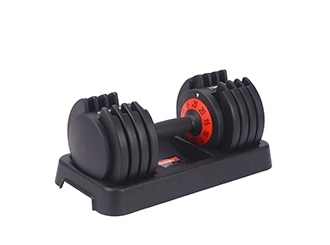
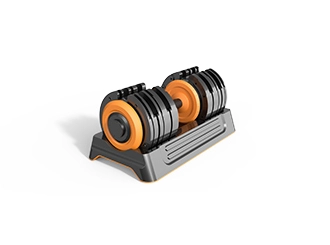
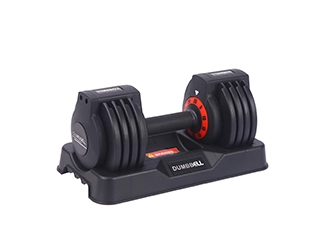

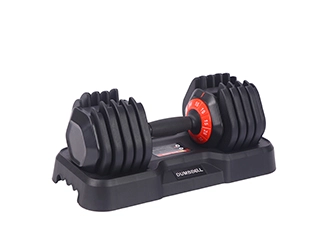
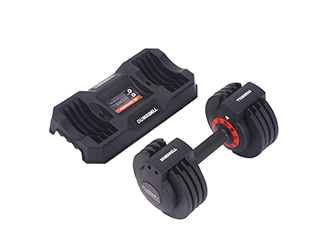
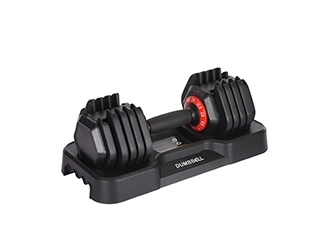
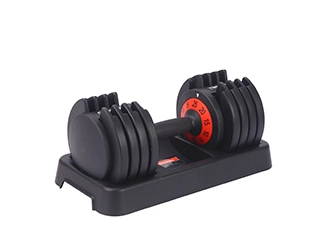
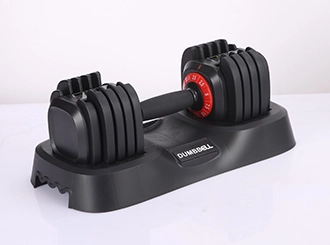
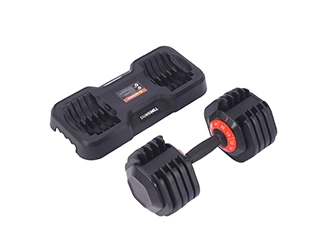
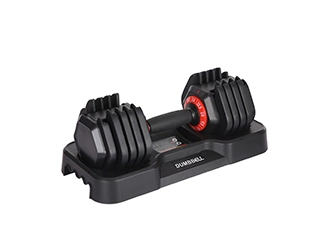
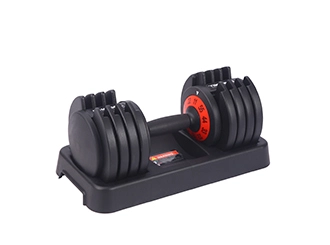
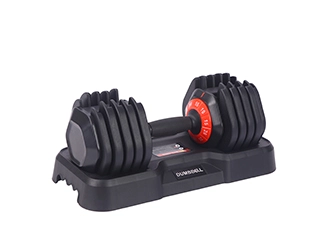
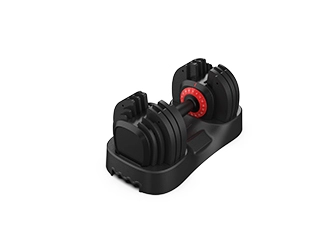
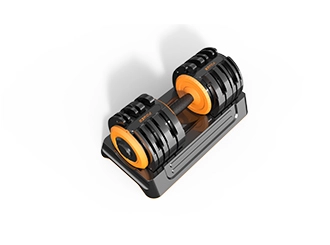
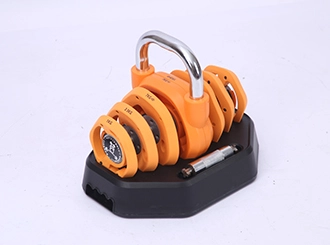
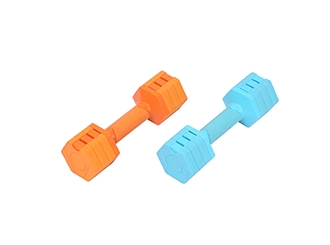
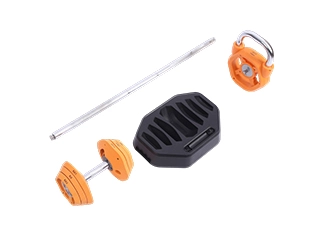
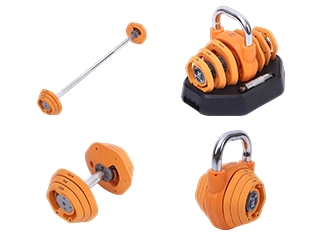

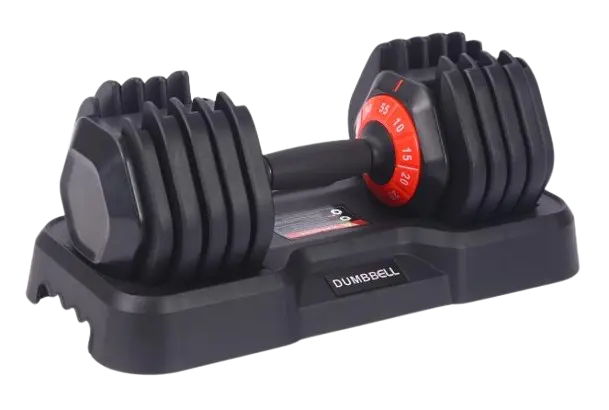
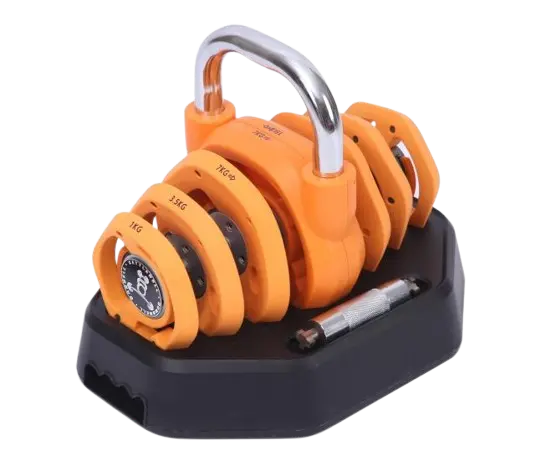
























The rising popularity of home fitness equipment, particularly adjustable dumbbells and kettlebells, underscores the importance of safety standards in the fitness industry. These products offer versatility and convenience, but their design and manufacturing must adhere to stringent safety regulations to protect users from potential hazards. This research explores the safety standards that govern adjustable dumbbells and kettlebells, focusing on compliance with safety regulations and established testing protocols.
Safety standards play a critical role in ensuring that fitness equipment is safe for consumer use. These standards aim to minimize risks associated with product failure, such as injuries from dropping weights or structural failures during workouts. Compliance with recognized safety regulations not only protects users but also enhances the credibility of manufacturers, fostering consumer trust.
Several organizations establish safety standards for fitness equipment, including:
ASTM International: ASTM F2376 is the standard specification for the safety and performance of free weights and their accessories. This standard outlines requirements for stability, durability, and labeling, ensuring that adjustable dumbbells and kettlebells can withstand expected loads without failure.
ISO (International Organization for Standardization): ISO 20957 covers the general safety requirements for fitness equipment, including adjustable weights. This standard emphasizes stability, load capacity, and user-friendly design.
EN (European Norms): In Europe, EN 957-1 specifies safety requirements for strength training equipment, including free weights. It addresses the potential risks of equipment misuse and provides guidelines for safe operation.
To ensure compliance with these safety standards, manufacturers must adhere to rigorous testing protocols. Key testing methods include:
Load Testing: This involves applying weights to adjustable dumbbells and kettlebells to assess their structural integrity. The equipment must withstand loads exceeding the maximum weight advertised without deforming or breaking.
Drop Testing: Adjustable weights must be tested for their durability when dropped from various heights. This simulates accidental drops during use, ensuring that the product can endure impacts without failure.
Wear and Tear Testing: Manufacturers conduct long-term use simulations to evaluate how materials and components withstand repetitive use over time. This testing helps identify potential points of failure before the product reaches consumers.
Stability Testing: This assesses how well the equipment maintains its balance during dynamic movements. Stability is crucial, especially for adjustable kettlebells, as instability can lead to accidents during workouts.
User Safety Evaluations: Conducting user experience studies helps identify any design flaws that could pose risks. Feedback from diverse user groups, including beginners and experienced athletes, informs improvements.
While manufacturers strive to meet safety standards, challenges can arise. For instance, ensuring that all components of adjustable dumbbells and kettlebells (such as locking mechanisms and weight plates) comply with safety regulations can be complex. Additionally, the rapid pace of innovation in product design may outstrip existing standards, necessitating ongoing updates to regulatory frameworks.
To enhance compliance and safety, manufacturers should adopt industry best practices, including:
Continuous Education: Keeping abreast of evolving safety standards and regulations ensures that products remain compliant and safe for consumers.
Quality Control Systems: Implementing stringent quality control measures during the manufacturing process can prevent defects and ensure consistent product safety.
Collaboration with Regulatory Bodies: Engaging with organizations that set safety standards can facilitate a better understanding of compliance requirements and foster innovation in product design.
User Education: Providing clear guidelines and safety instructions for users can mitigate risks associated with improper use of adjustable weights.
Safety standards for adjustable dumbbells and kettlebells are vital for protecting consumers and ensuring the longevity of fitness products in a competitive market. By adhering to recognized regulations and rigorous testing protocols, manufacturers can enhance product safety and reliability. As the fitness industry continues to evolve, ongoing collaboration between manufacturers, regulatory bodies, and consumers will be essential to maintaining high safety standards and fostering a culture of safety in home fitness.